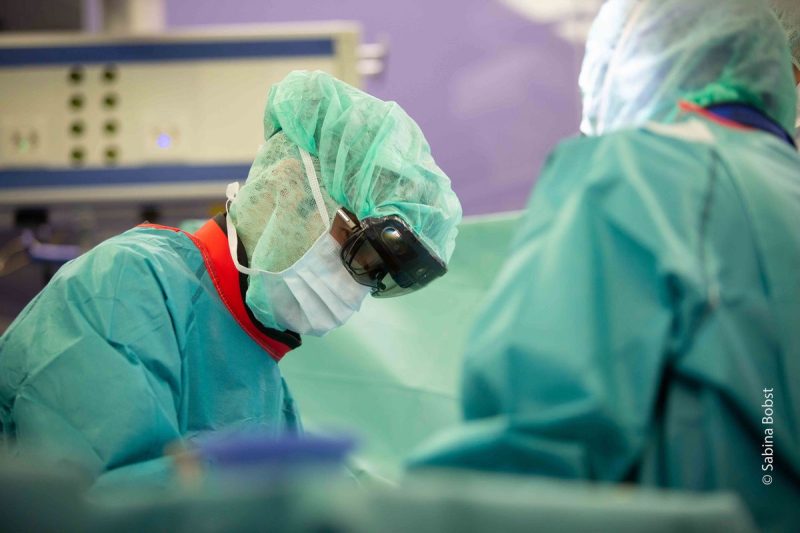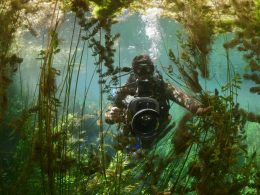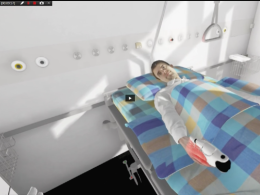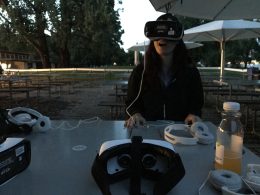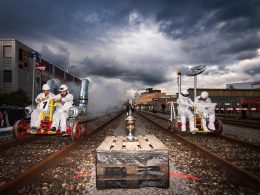Finally, some good news from a hospital: a team from Balgrist University Hospital has successfully performed the first holographically navigated spinal surgery projected directly onto the patient. The technology was developed at Balgrist University Hospital as part of a project involving ETH Zurich.
Thanks to many years of research, augmented reality (AR) is entering the operating theatre. An important milestone has now been reached. The first holographically navigated operation took place at Balgrist University Hospital at the beginning of December 2020. According to a Media release spine specialist Mazda Farshad, Medical Director of Balgrist University Hospital, operated with the support of AR glasses (HoloLens 2).
The operation marks the start of a randomised controlled clinical trial that will test the benefits of this surgical innovation. It is the first study of its kind in the world. There is talk of a historic moment in the operating theatre.
AR "expands the surgeon's senses"
3D images of the affected anatomy are generated on the basis of CT images and projected directly onto the surgical field during the operation. Surgeons see this 3D anatomy of the person being operated on with the help of AR glasses. The AR navigation software guides the surgeon through critical surgical steps. For example, it shows the exact placement of a screw in the right place and at the correct angle.
"The Hololens expands a surgeon's senses and improves their ability to perceive," says Farshad and continues: "We are thus entering a new era of surgery, which must be scientifically developed accordingly." SURGENT co-director Meboldt is also delighted: "The collaboration between visionary medical experts like Mazda Farshad and researchers from the University of Zurich and ETH Zurich is a stroke of luck for everyone involved and forms the basis for this success."
The patient had worn lumbar vertebrae, a severely narrowed spinal canal and correspondingly severe pain and sensory disturbances in his legs. He is doing well after the operation. "I'm doing very well," he says, "I've already seen pictures and am fascinated that something like this is possible. Of course, I'm also proud that I was the first patient to experience this."
Source: balgrist / ETH





